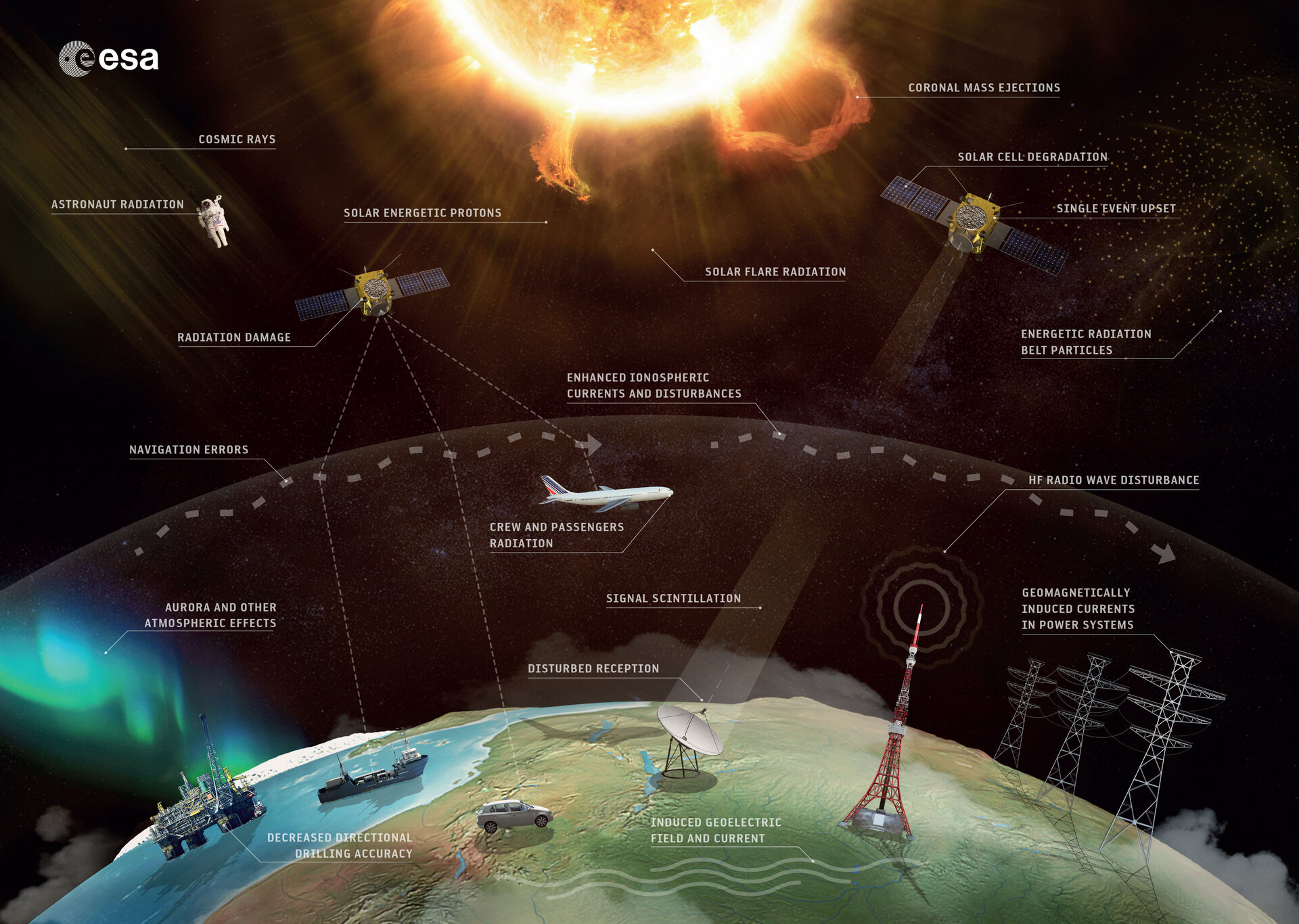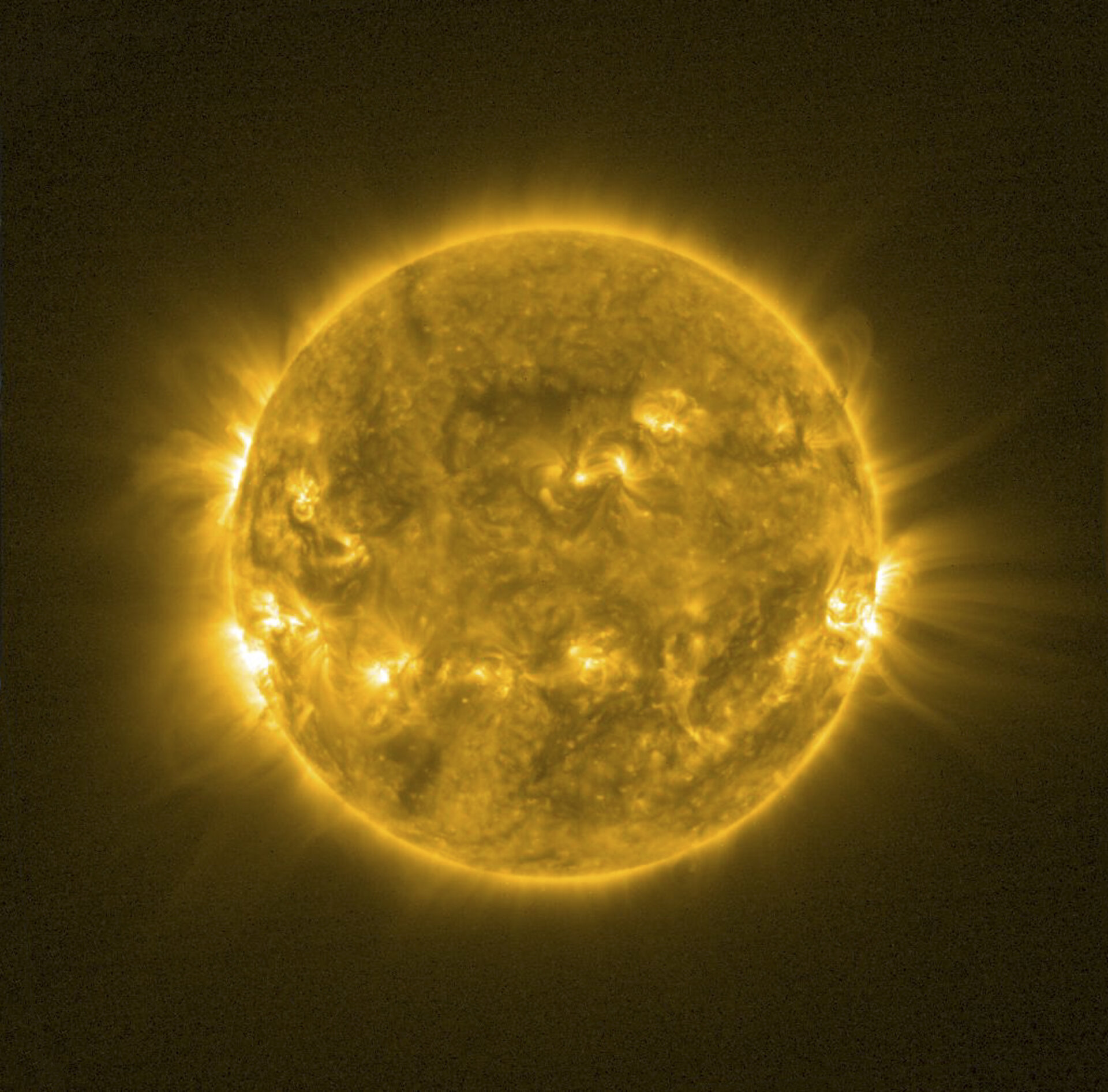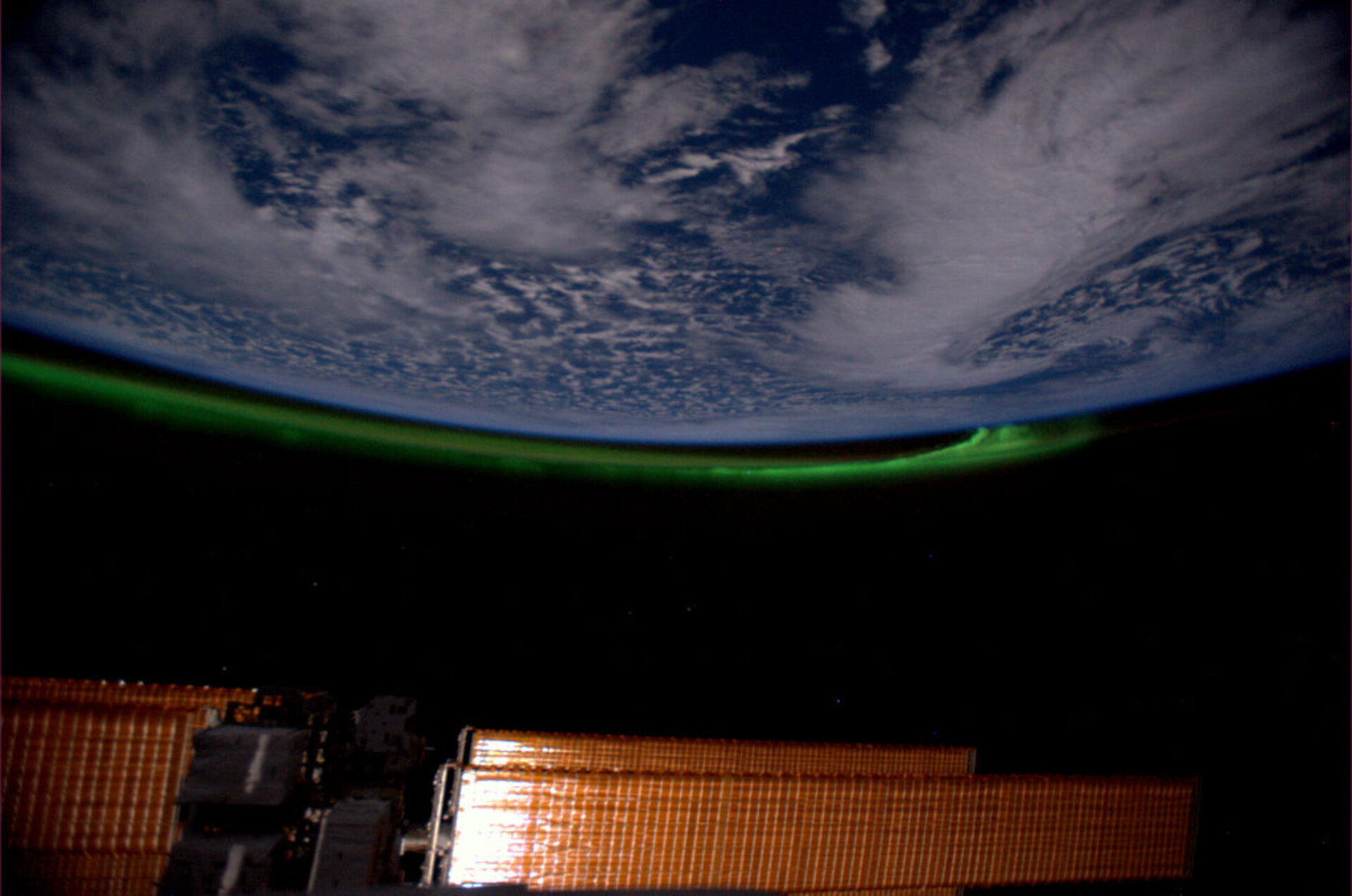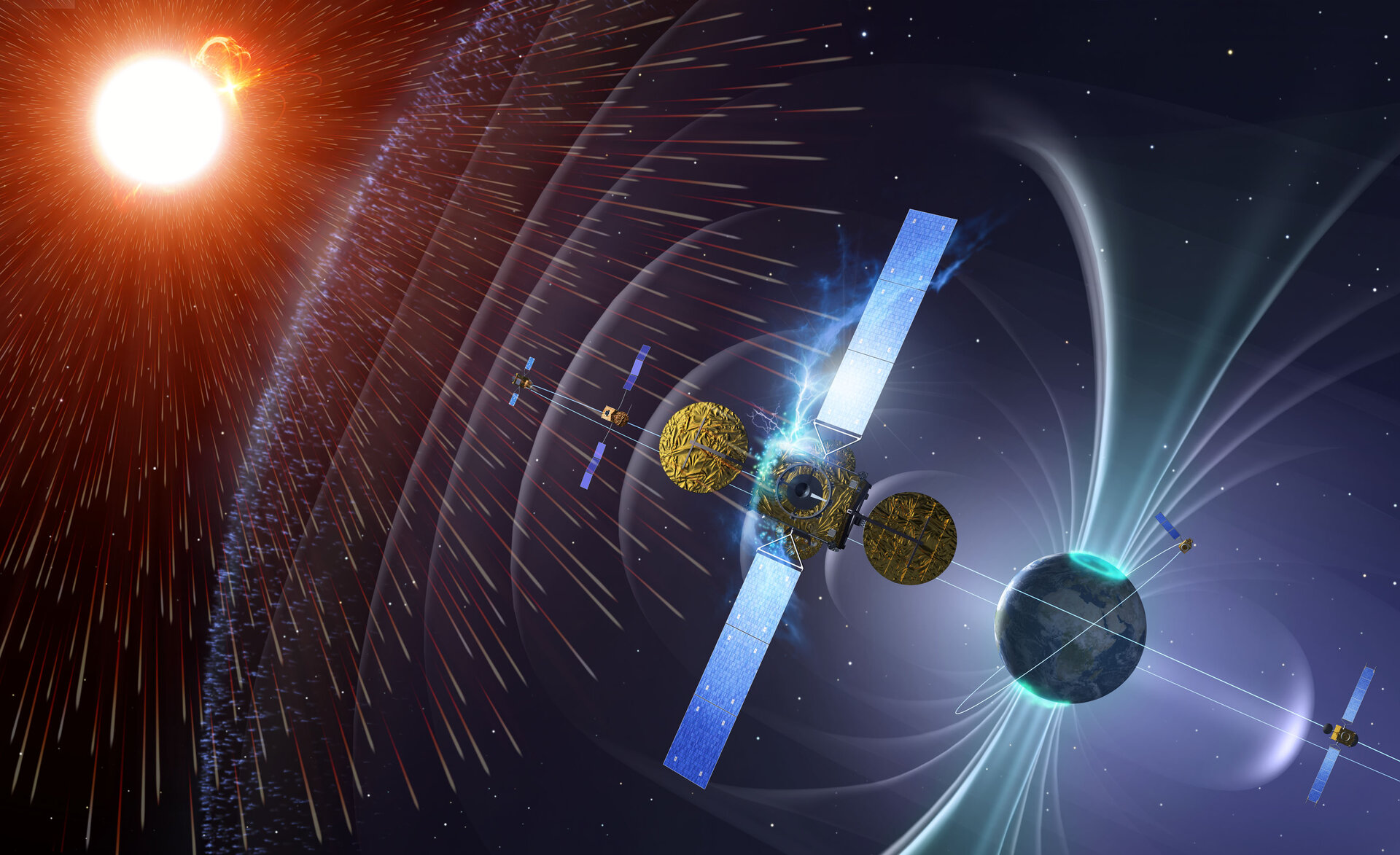What is Space Weather ?
What is Space Weather?
|
Space Weather is the physical and phenomenological state of natural space environments. The associated discipline aims, through observation, monitoring, analysis and modelling, at understanding and predicting the state of the Sun, the interplanetary and planetary environments, and the solar and non-solar driven perturbations that affect them, and also at forecasting and nowcasting the potential impacts on biological and technological systems. -COST Action 724 , 2009 The primary agent of Space Weather is the Sun, which even 150 million kilometres away, can influence the Earth and its environment. The Sun is a dynamic and complex body continuously emitting radiation, a constant stream of particles known as the solar wind, and generates a large magnetic field that extends throughout our solar system (Interplanetary Magnetic Field, IMF). Conditions on the solar surface and in its corona can cause a multitude of Space Weather phenomena such as Solar Flares, Coronal Mass Ejections (CMEs), Solar Energetic Proton (SEP) events and High-speed Solar wind Streams (HSS) that create changes in ambient plasma, magnetic fields, radiation, particle flows in space, and interaction with the magnetosphere. In addition to the Sun, non-solar sources such as Galactic Cosmic Rays (GCR) can be considered to be a Space Weather element as they alter space environment conditions near the Earth. These high energy particles originate outside of our solar system in distant galaxies and may have been travelling millions of years before they reach us. The Sun undergoes an 11-year cycle, with solar activity rising and falling. GCR fluxes are inversely influenced by this cycle with the greatest number of charged particles entering our solar system during the lowest periods of solar activity, known as solar minimum. Similarly, the lowest fluxes of GCR is observed when the Sun is most active, solar maximum. Earth's magnetic field offers us some protection from Space Weather phenomena but under the right circumstances energy and momentum can be transferred into the terrestrial system. When this happens the near-earth environment can become disturbed with the effects felt on a global scale, and this level of disturbance is one way that we quantify the Space Weather impact at Earth. There are a wide range of Space Weather effects and the global economy today comprises numerous sectors that can be affected. From space-based telecommunications, broadcasting, terrestrial weather services, Global Navigation Satellite Systems (GNSS) navigation, through to electric power distribution and High-Frequency (HF) radio communications, especially at high latitudes. In space, spacecraft must contend with unfavourable environments that can cause a host of different effects. Spacecraft are at risk from high energy particles that can penetrate their surface and deposit charge internally causing operational anomalies and damage to the on-board electronics. In addition to this, the spacecraft may find itself enveloped in lower energy plasma that creates an accumulation of charge on the spacecraft's surface which can ultimately lead to degradation of its performance, reliability, and lifetime. Increased radiation due to Space Weather poses greater health risks for astronauts participating in crewed space missions and an increase in radiation at aviation altitudes may be detected as a result of some major events. Changes to the Earth's upper atmosphere (Ionosphere) during Geomagnetic Storms and solar events interfere with HF radio communications and GNSS and, at ground level, strong electric currents driven along the surface disrupt power distribution networks and contribute to pipeline corrosion. A much less threatening effect and a sight to behold, enhanced Space Weather activity is also responsible for the aurorae that are sometimes visible over the polar regions! We are more likely to see the Northern Lights (or Aurora Borealis) in our hemisphere but the southern hemisphere is home to the Southern Lights (Aurora Australis). Each of these affected sectors show a need for Space Weather data and services, together with a further necessity for those services to be tailored to their particular applications. ESA's SWE Service Network addresses these requirements through the service domain pages through which services targeting each of the domains described above can be accessed. |
|

©ESA/Science Office, CC BY-SA 3.0 IGO


